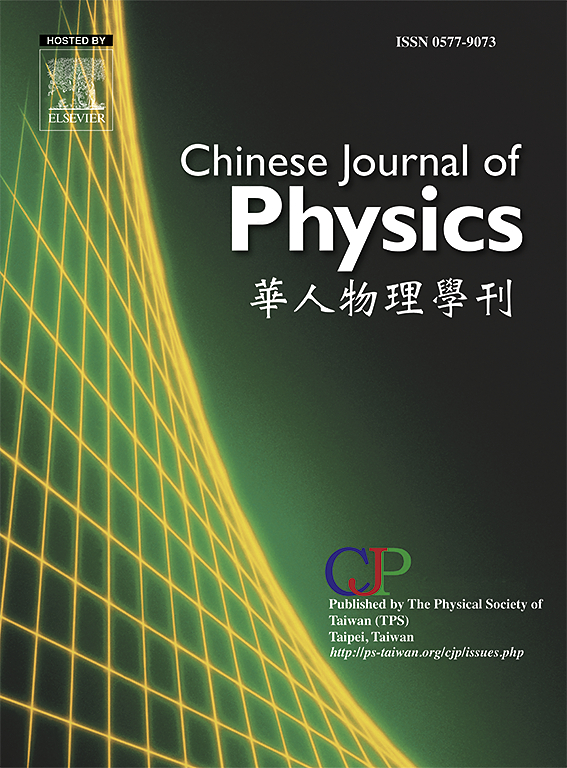Flow and heat transfer analysis of an ionanofluid above a rotating disk undergoing torsion
IF 4.6
2区 物理与天体物理
Q1 PHYSICS, MULTIDISCIPLINARY
引用次数: 0
Abstract
The convective heat transfer properties of traditional nanofluids and ionic liquid-based nanofluids (ionanofluids) are crucial in engineering applications such as heat exchangers, electronics cooling, and energy storage. Given the relevance of the rotating disk flow model in these applications, this study examines the boundary layer flow and heat transfer resulting from the torsional motion of a rough rotating disk, specifically considering and nanoparticles dispersed in water and the ionic liquid under a vertical magnetic field. The boundary value problem governing this flow is first shown to have a solution through a topological shooting method. Numerical integrations via a collocation method (SQLM) are then used to evaluate the flow and heat transfer characteristics. The results show that torque requirements decrease with the torsional exponent , with water requiring more torque than to sustain rotation. Notably, -based fluids exhibit a higher heat transfer enhancement than water. Lamina-shaped nanoparticles deliver the highest heat transfer rates compared to other shapes (spherical, cylindrical, and columnar). Furthermore, the entropy generation number declines with increased azimuthal slip parameter , thermal slip parameter , and torsional exponent . This indicates that entropy generation can be controlled by incorporating torsional motion with thermal slip on an anisotropic rough disk, while also carefully selecting other governing parameters.

求助全文
约1分钟内获得全文
求助全文
来源期刊

Chinese Journal of Physics
物理-物理:综合
CiteScore
8.50
自引率
10.00%
发文量
361
审稿时长
44 days
期刊介绍:
The Chinese Journal of Physics publishes important advances in various branches in physics, including statistical and biophysical physics, condensed matter physics, atomic/molecular physics, optics, particle physics and nuclear physics.
The editors welcome manuscripts on:
-General Physics: Statistical and Quantum Mechanics, etc.-
Gravitation and Astrophysics-
Elementary Particles and Fields-
Nuclear Physics-
Atomic, Molecular, and Optical Physics-
Quantum Information and Quantum Computation-
Fluid Dynamics, Nonlinear Dynamics, Chaos, and Complex Networks-
Plasma and Beam Physics-
Condensed Matter: Structure, etc.-
Condensed Matter: Electronic Properties, etc.-
Polymer, Soft Matter, Biological, and Interdisciplinary Physics.
CJP publishes regular research papers, feature articles and review papers.
 求助内容:
求助内容: 应助结果提醒方式:
应助结果提醒方式:


